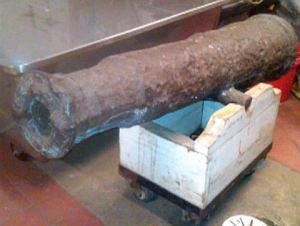Here is a comical advertisement for Russian military hardware disguised as a news story. Russian military hardware best in the world. Just a reminder, Pravda is Russian for truth and was, probably still is, the official government news organ. One of the amusing tidbits is their trumpeting of an Iranian claim that a Russian-made ground attack aircraft, the SU-25, took out an MQ-1 Predator drone as an example of the equipment’s superiority. To repeat, a manned aircraft shot down a drone. Lastly, as far as I know, all of Russia’s high tech eqipment exports and foriegn licenses are for what are called “chimp” models. That is, model that do not include all the latest equipment upgrades that enter Russian service.
I will never forget the look on the Russian soldier’s face in Bosnia in 1996 when we showed him our M3A2 Bradley’s and what they could do. When he looked at us and said “and we thought we could beat you,” it was priceless.

